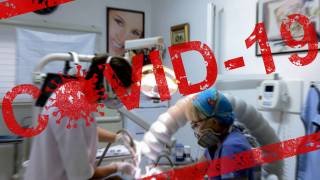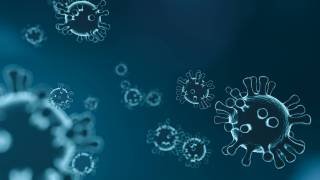What is Your R0 or Re Number?

A very old ‘number’ has been driving policy decisions since the COVID-19 disease emerged in late 2019.
Many politicians have pointed to this number as an important measure to help determine how well their country is responding to the ongoing pandemic.
An article published in the BMJ on May 12, 2020, describes how many people each infected person will infect on average, assuming that there is no pre-existing immunity in the community.
In the legacy disease management industry, the R number often refers to either the basic reproduction number, known as the R naught or zero (R0) or the effective reproduction number (Re).
R0 and Re are often confused or just referred to as the R number.
The R0 is often estimated using three factors: the duration of contagiousness after a person becomes infected, the likelihood of infection in each contact between a susceptible person and an infectious person or vector, and the frequency of contact.
Re is the number of people that can be infected by an individual at any specific time, and it changes as the population becomes increasingly immunized, either through individuals gaining immunity after being infected or through vaccination and also as people die.
Re can also be affected by people’s behavior, such as ‘social distancing’ policy.
Since this pandemic is not well understood, Elisabeth Mahase’s article added specific insights.
SARS-CoV-2, the coronavirus that has caused the COVID-19 pandemic, has an estimated R0 of around 2.63, says the University of Oxford’s COVID-19 Evidence Service Team.
However, estimates vary between 0.4 and 4.6.
This is not unusual, as R0 estimates often vary, with different models and data being used to calculate it.
Measles, for example, has been assigned R0 values between 3.7 and 203.
The Re will also vary across different countries and between regions.
The UK Prime Minister, Boris Johnson, said on May 10, 2020, that the Re in England was currently “between 0.5 and 0.9, but potentially just below 1.”
And, PM Johnson said ‘that easing lockdown in England would depend on whether the reproduction number could be kept down.’
Just north of England, Scotland’s first minister Nicola Sturgeon said ‘it was between 0.7 and 1.’
In Germany, the Robert Koch Institute reported on May 9th that the Re had risen to 1.1 just days after the country began to ease lockdown measures.
The same effect was also seen in Denmark when it reopened primary schools in April: the Re rose from 0.6 to 0.9.
It is often presented in simple terms: if the Re is above 1 then the outbreak is expected to continue, but if it can be reduced to less than 1 the outbreak will end.
This is because if each person who is infected in turn infects less than one person, the outbreak will reduce; an Re of 0.5 would mean that 10 infected people would infect five others, who would then infect another 2.5.
In contrast, an Re above 1 would mean that the outbreak would increase exponentially.
However, experts have warned that without up-to-date and comprehensive data the reproduction number is a “blunt monitoring tool.”
Azra Ghani, a professor in infectious disease epidemiology at Imperial College London, said, “At present, we are estimating both R and the infection rate from data on hospitalizations. These form only a small fraction of all infections and represent an estimate of transmission that occurred 1-2 weeks earlier—and are therefore a blunt monitoring tool.’
“Models or model-based estimates (such as R) can be helpful in interpreting data trends but should never be viewed as a surrogate for good data. Only with extensive surveillance and rapid testing of suspect cases in the wider community, in hospitals, and in care homes, and other places at high risk, can we be truly confident that the epidemic is in decline and that it is safe to relax measures.”
This BMJ article is made freely available for use in accordance with BMJ's website terms and conditions for the duration of the COVID-19 pandemic or until otherwise determined by BMJ.
SARS-CoV-2 pandemic news is published by CoronavirusToday.


.jpg)

.jpg)



.jpg)

.jpg)








.jpg)


.jpg)


